Do Fish Dream of Electric Eats? (#95)
That's a-moray: a foray, into the science and art of fly tying.
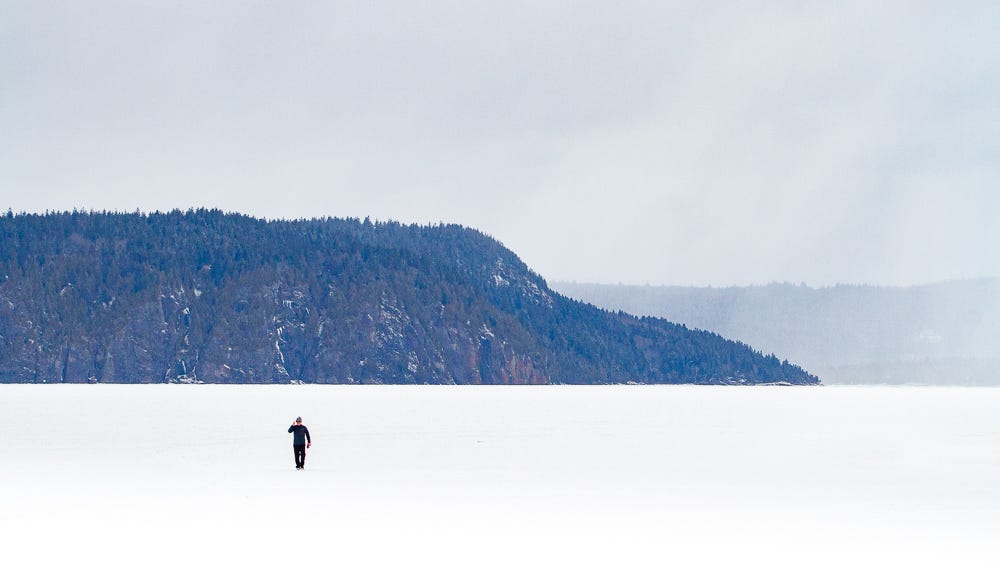
Underneath inches of ice, schools are still in session, although they are slower to navigate the nooks of the river bed. Some, I’m sure, lay listless, conserving energy for the spring cycles that will demand more of them. As they rest, perhaps they dream of vernal buffets: fresh eggs from other fish, and newly-hatched flies that will emerge from the muds lining the shores.
While I wait for winter to loosen its’ grip on the waters, I wonder: Can I cook up a meal worthy of their “Fishtagram” - one using just the right filter and that matches the coloured threads that float past their telescopic eyes, like satellites in the night sky?
As I wind thread onto a tiny hook, I like to dream that I can.
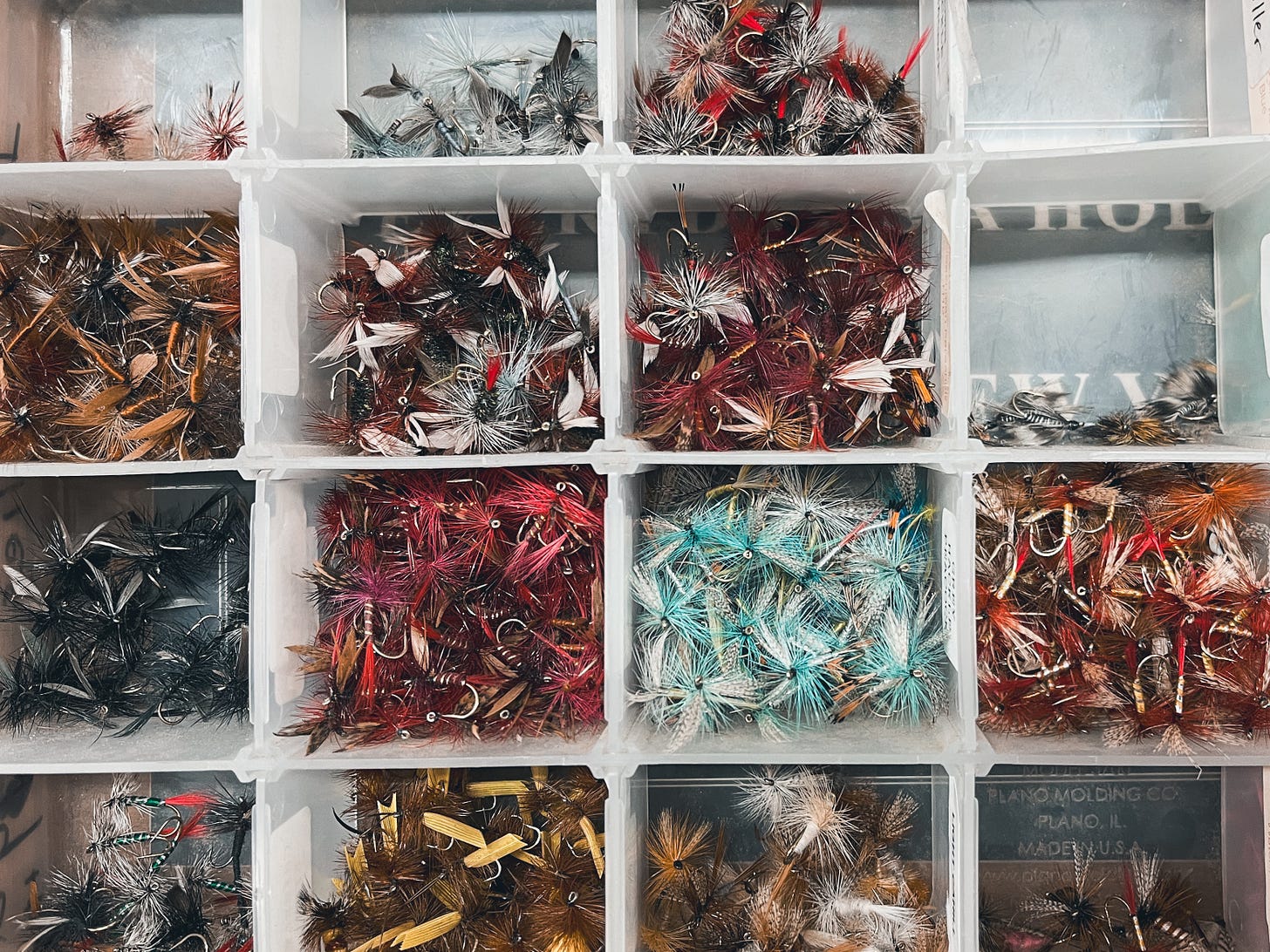
Who, exactly, are we tying flies for?
There’s a great deal of banter about this in the fishing community. It should be noted, though, that I don’t consider myself a true member of this life aquatic; while I have fished on a few occasions years ago - lacing hapless worms on hooks, my heart bleeding along with its own - I’ve learned that I’m far more content taking in the scenery along the shores with my feathered friends.
No, I’m just a new apprentice to an ancient art.
But as I wind thread around a tiny hook, I’m acutely aware of this banter. It floats up and down the plastic folding tables that fill the hall of the local angling association, as I sit and (try to) learn the craft.
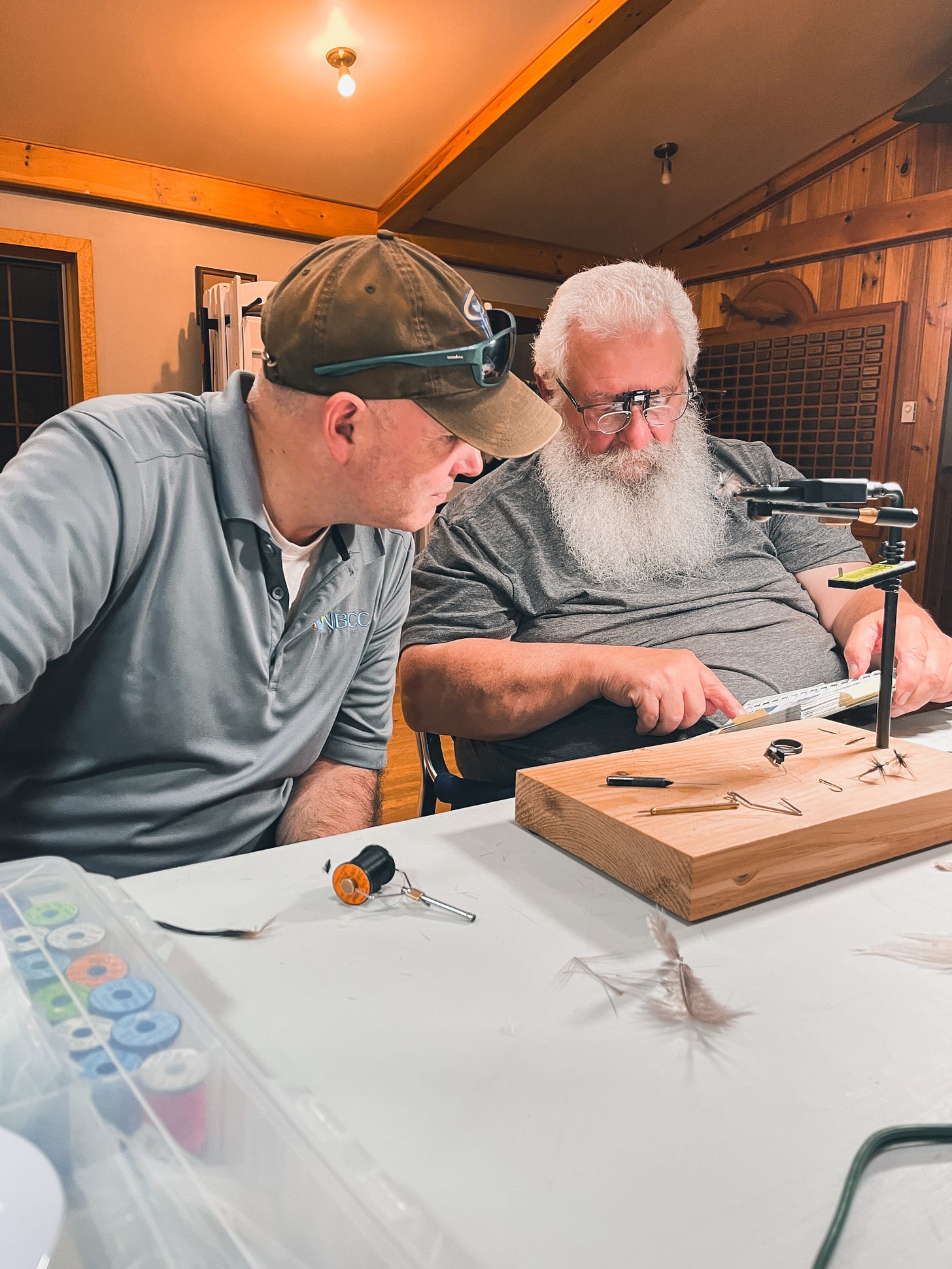

Some gruff that the only ones who care whether you use a claret-coloured floss on a hook versus a vermillion tone is the fisherman. Others dissent, feeling that the question is too broad1, or that trout and pike and pickerel do dream in neon2 and thus any presentation of false food requires shades and sheens that mimic actual bugs in their environs. A few patterns are still tied in gaudy colours, though, for those times when the close facsimiles fail to hook a customer3 and one needs to turn on the neon lights.
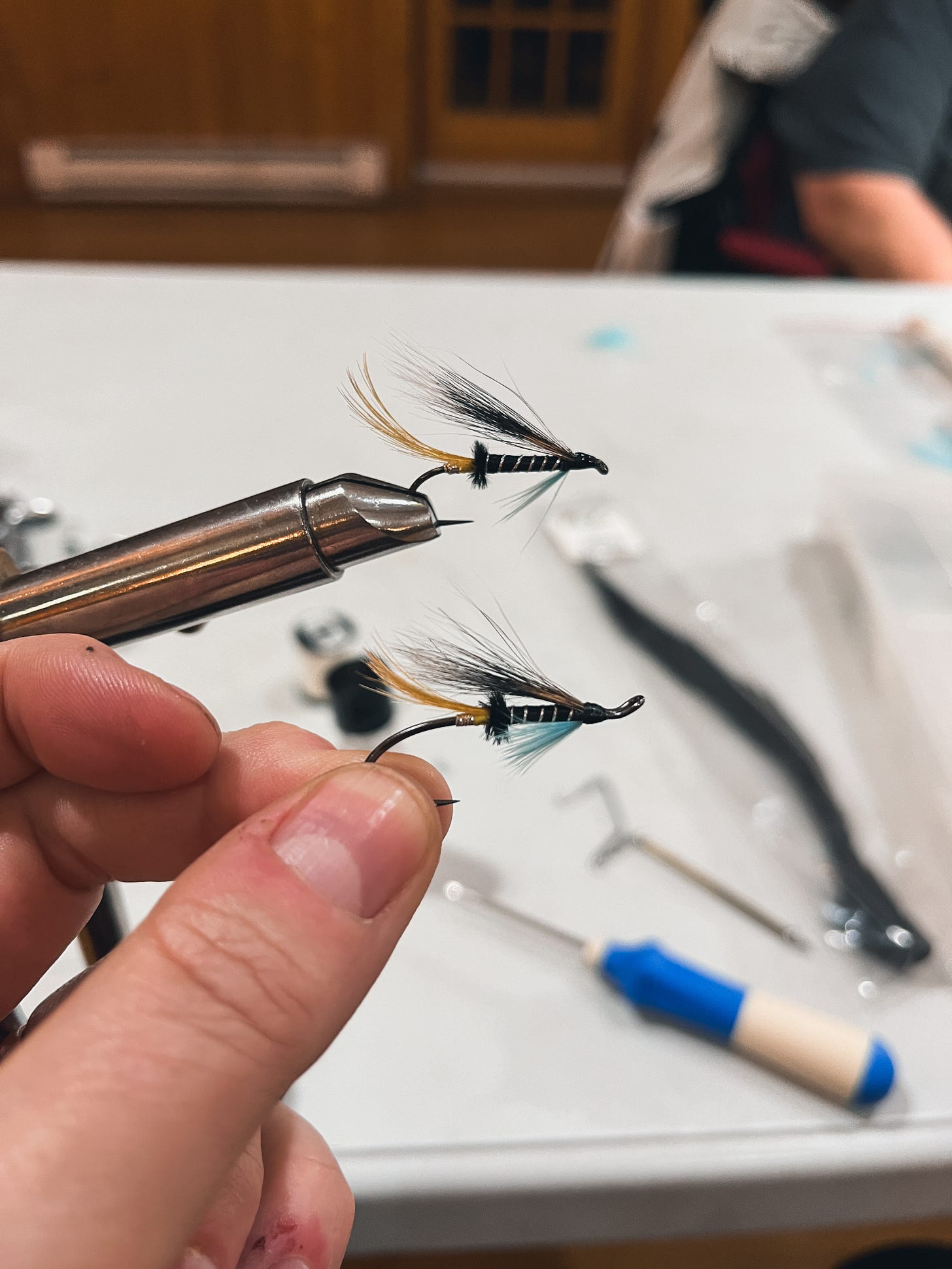
Others remark that exquisite neatness also doesn’t matter if it’s going in the gaping maw of a brook beast - that one only needs to be fine-tuned in their wraps when it’s for sale or show. Still more (fish)bones are picked: work that is too sloppy can lead to alterations in how the fly sits on the water, flows through the current, turns in the current just so. It’s about balance.
I’m not worried about that yet. No, I’m just trying to pass muster, learn the language, the hand motions, the tools. I watch videos of disembodied hands also wrap thread and feather around tiny hooks, examining how materials are introduced in succession. Continuing to perfect details in the hopes that the fish will be fooled by this clump of string.
I’ll have to bide my time to test my experiments, though. In the chilled pools of the rivers and streams that we chase, the first permissible date to resume the chase is April 15th. Until then, and the waters flow again, we can only dream of the opportunities that lay in wait below the surface.

This Week in SciArt
Artistic Fly Tying
While some tie flies to catch a fish, others lean more into the art of lashing feather and string to a hook. It doesn’t mimic any particular hatch, but Thomas Herr’s artistic fly tying showcases incredible skill and intricacy.
Even with the little knowledge of fly tying that I have, I know this takes some serious knowledge and skill.
The Art of Preservation
Some patterns are found in books, but instructions for others have gone to the grave with their designers. Master Fly Tyer Scott Biron is trying to recreate these designs and keep the (sci)art alive in this quick video.
Loew ER. (n.d.) Do Fish See in Color?
They can see the colours of the rainbow, although this is attenuated by the depth of their home waters and the clarity of the environment that filters out certain parts of the spectrum.
Orvis. (n.d.) Can Fish See Color and Should It Matter To You?




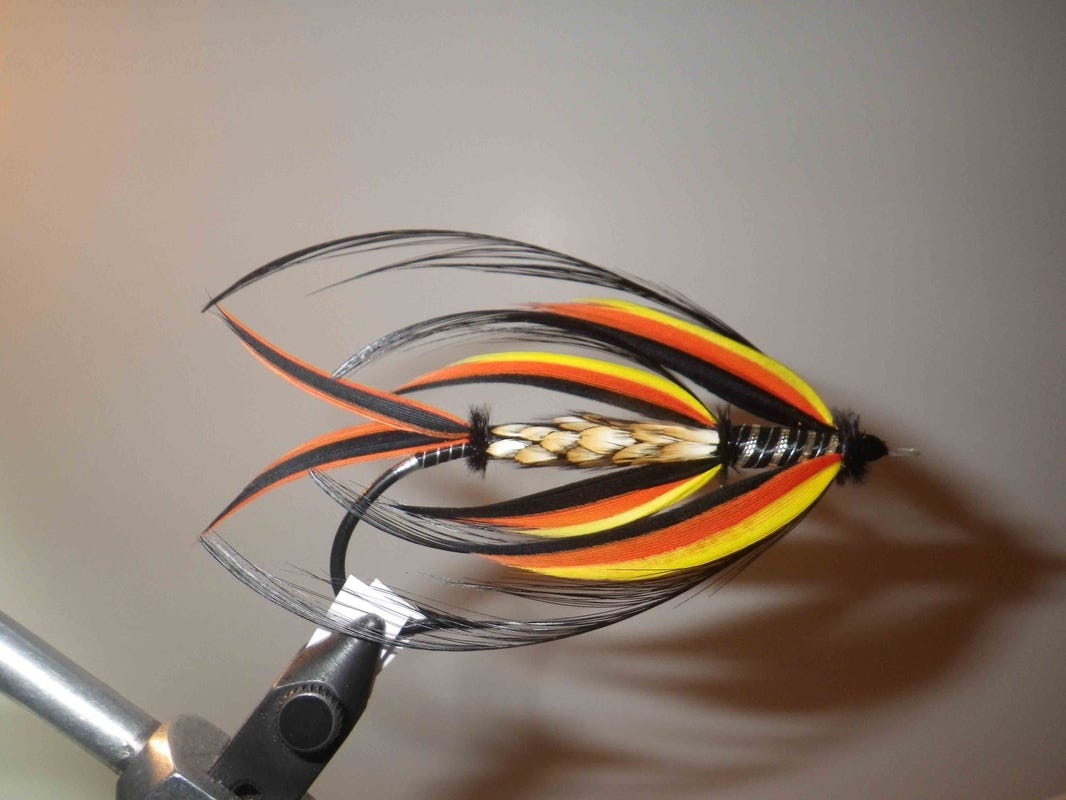
Brett’s grandfather loved to fish on the Southwest Miramichi, and when he died, Brett asked to have his fishing rods, since they went fishing a lot together. We also found his fly cases. And in them were the flies Brett had tied at fishing camp at the Atlantic Salmon Museum. They were not good flies. But they’d been carefully placed in the cases alongside the real ones. You reminded me of this! I don’t know where the cases are in here!
Everything about this post has absolutely fascinated me, Bryn! Fabulous work - the words, the pictures and of course the fly-tying!